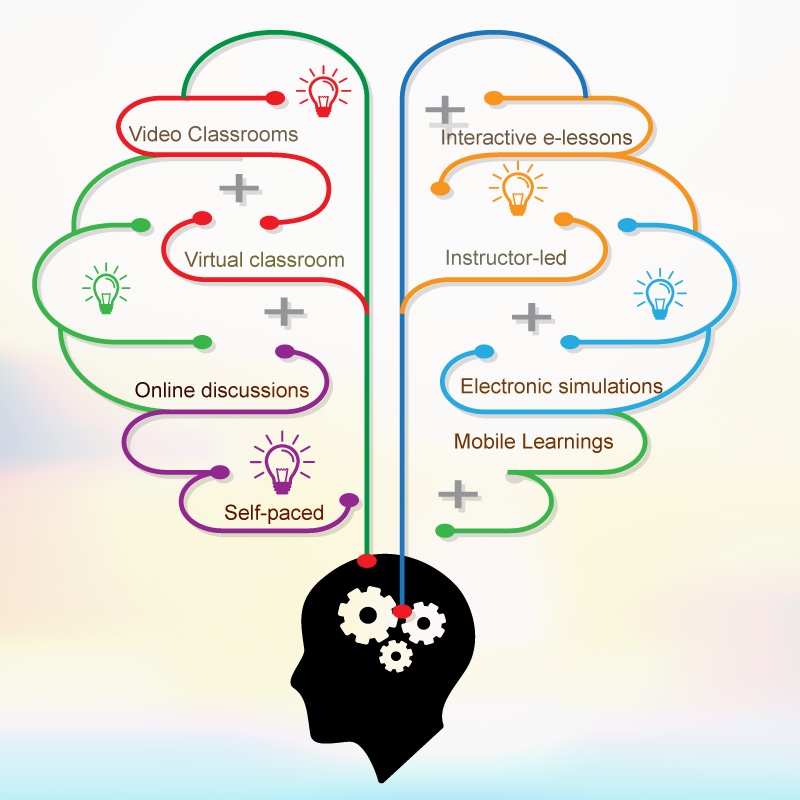May 24, 2015
Choosing The Right eLearning Methods: Factors And Elements
Many organisations are now transforming their learning and development programs to the eLearning domain. But choosing the right methods for their business based on their needs is still a challenge. Choosing the right eLearning programs depends upon many factors like proper need analysis, target audience analysis, task analysis, topic analysis, and evaluation methods. Apart from these analyses there is the very important principle of Learning Pyramid created by the National Training Laboratories. Choosing the right delivery methods directly impact effectiveness and cost benefit for the organisations.
by Soni Amit K











